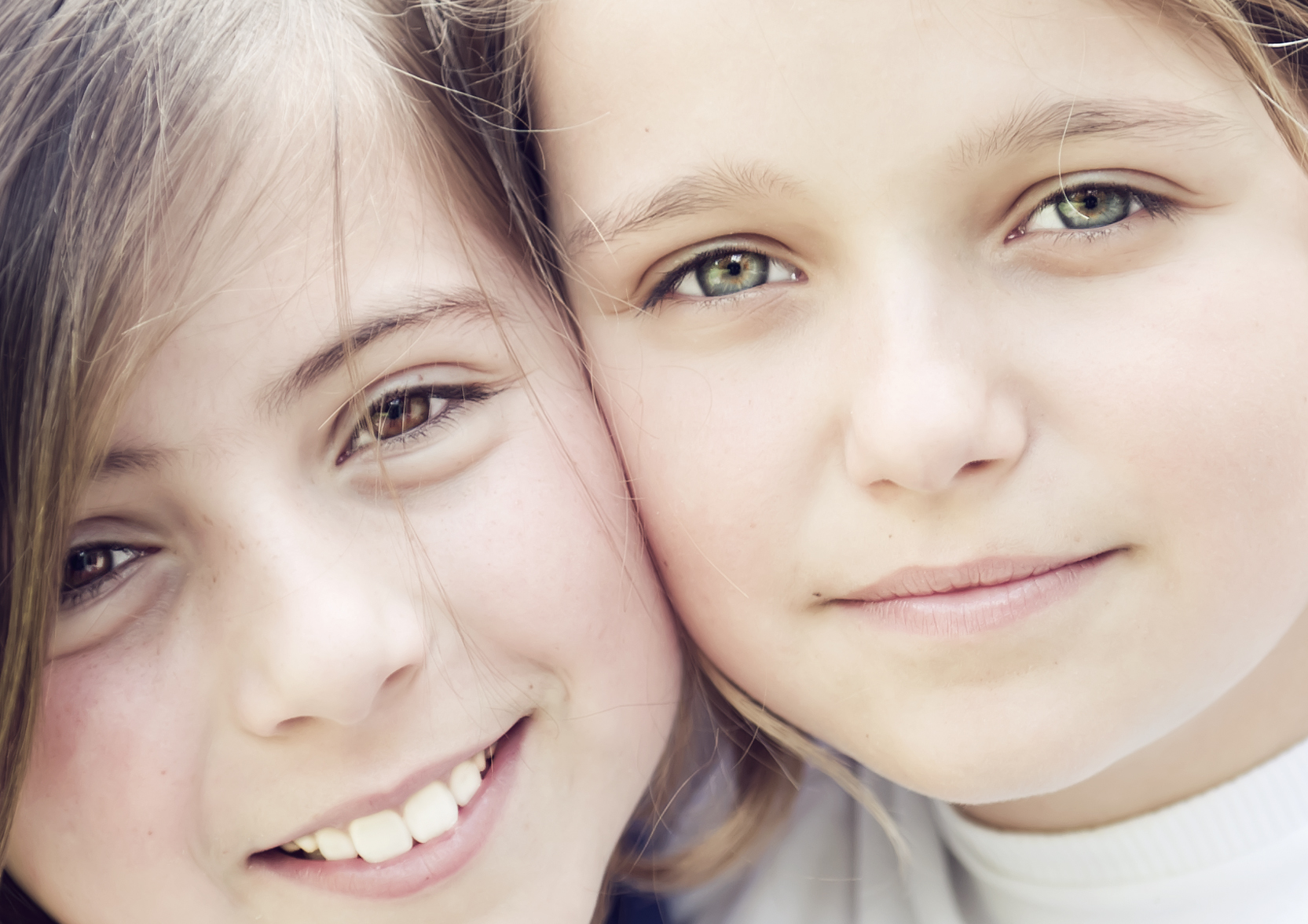I was recently invited to be a guest on a radio show to chat about an article that focussed on the idea of schools banning “best friends.”
After reading it, I recognized two parts to this story.
One is regarding whether or not schools have the right to ban students from having a best friend. The second is whether or not there is any merit in children being educated about the risks and rewards of having a BFF (best friend forever) or not, or maybe more importantly, not defining one as such.
In regards to banning, not only do I believe that no one has the right to exert that much control over anyone else (school teachers or administrators included), I also feel that trying to do so anyway would be virtually impossible – to implement and monitor. Can you imagine the outcry from people who felt that this choice had been taken away from them?
In regards to helping children recognize the pros and cons of having a best friend, – or rather, let’s say announcing that one has a special and exclusive relationship with only one person – I believe that there may be some merit to exploring and discussing this amongst students at school and with your children at home.
If you too believe that this is worthy of consideration and discussion, here are my thoughts regarding risks and rewards of children not so much having a best friend, but more to the point, defining or labelling their relationship as such or flaunting it in front of their peers (in person or via social media).
THE REWARDS OF HAVING A BEST FRIEND
- When two people define each other as best friends, there is a pact created between them that increases their sense of responsibility towards one another and may further cement the bond between them
- There may be a sense of comfort in knowing that one has a special go to person that has their back and that they can always count on
- Earning the title of best friend may feel like an award and may create a heightened sense of belonging between people who share the same interests or beliefs and who want to define their relationship as being something special or exclusive
THE RISKS OF HAVING A BEST FRIEND OR BEING DEFINED AS ONE
- There may be pressure and high expectations placed on this friendship. For example, a BFF, one might say, would never exclude her BFF when she’s going out with other friends to a movie. Therefore, defining each other as best friends increases one’s expectations of one another and may lead to disappointment.
- If one has labelled only one other person as his BFF, he may not want or feel the need to cultivate close peer relationships with others
- So, having only one BFF may create an over reliance or too much dependence on that person rather than knowing that there are several close friends that one can talk to or hang out with
- When a child makes a declaration about someone being his or her best friend, others may feel that theirs is an exclusive relationship, and may be less inclined to get to know or support either person for fear that he or she may be seen as trying to get in the middle of them. As a result, both or one of these people may lose out on the opportunity to gain more friendships and to expand their social circle
- One runs the risk when defining someone as his or her BFF that the other person may not feel exactly the same way and this may lead to more disappointment
Aside from agreeing or disagreeing with my take on this, you may come up with more points, both for and against giving only one person the title of BFF.
From where I sit, it appears that the risks for not just having only one best friend, but also for defining your relationship as such, is more heavily weighted.
With my points and yours in mind, I’m thinking that both parents and teachers can help children understand the benefit of widening their social circle and not expecting all of one’s needs to be met by one other person only – putting all their eggs in one basket so to speak.
Teachers may encourage discussion in the classroom by asking students to come up with the pros and cons for having a BFF, for example, and opening their student’s eyes to the rewards and risks.
Parents can invite discussion too and model by talking about their own friendships with language such as “she’s one of my closest friends” or “I consider him to be one of my best friends.”
Parents and teachers may consider that while there may not be great risk associated with showing acceptance towards a child or student’s relationship with a best friend, that discretion should be encouraged when exposing this relationship so that the BFFs don’t miss out on forming close relationships with others and so that those others might not be turned off by thinking that there is no space for them or that they might not be worthy enough to be included.
And while helping our children think about all this, a bonus is that we will likely stop to think about our own relationships with friends too.
